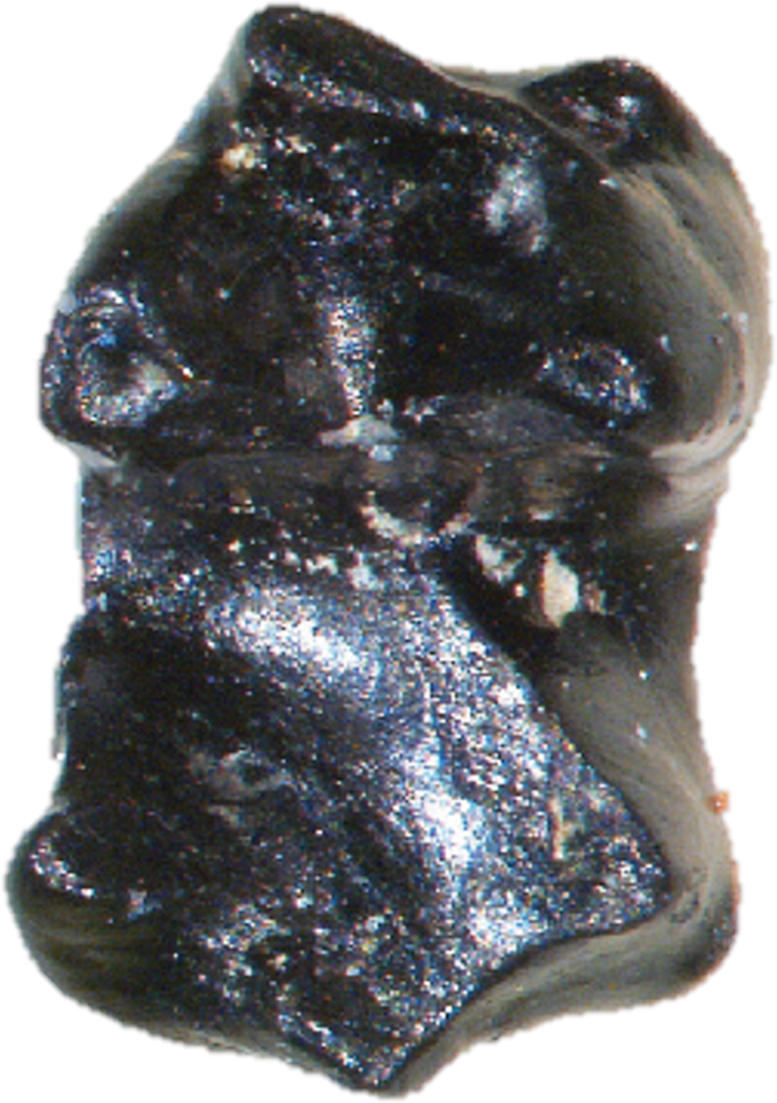Des géologues découvrent un mécanisme meurtrier critique derrière une série d’extinctions vieille de 350 millions d’années


La formation des schistes de Bakken a fourni de nouvelles informations sur l’histoire géologique de la Terre, révélant un déclencheur clé de plusieurs crises biotiques à la fin du Dévonien : euxinia, ou épuisement de l’oxygène et expansion du sulfure d’hydrogène dans de grandes masses d’eau. Cette recherche aide non seulement à comprendre le passé de la Terre, mais met également en garde contre les conséquences potentielles du réchauffement climatique, telles que la diminution de la diversité et l’augmentation des taux d’extinction.
Une importante source de pétrole nord-américaine révèle des informations sur l’une des extinctions massives les plus dévastatrices de la planète.
La formation de Bakken Shale, qui s’étend sur 200 000 milles carrés sous certaines parties du Canada et du Dakota du Nord, a été une source prolifique de pétrole et de gaz naturel pour l’Amérique du Nord au cours des 70 dernières années. Des découvertes récentes ont maintenant révélé que ces roches offrent un aperçu unique de l’histoire géologique complexe de notre planète.
Une équipe de chercheurs, composée de géologues de l’Université du Maryland, de l’Université George Mason et de la société pétrolière et gazière norvégienne Equinor, a créé une nouvelle approche pour étudier les informations fossiles et biogéochimiques glanées dans les roches de formation.
En utilisant cette technique, l’équipe a identifié une cause majeure de plusieurs crises biotiques convergentes à la fin du Dévonien il y a environ 350 millions d’années : euxinia, ou épuisement de l’oxygène et expansion du sulfure d’hydrogène dans de grandes étendues d’eau. Récemment publié dans la revue natureLes découvertes de l’équipe illustrent les liens entre le niveau de la mer, le climat, la chimie des océans et la bioturbation.

Les chercheurs observent et discutent des échantillons de roche de la Formation de Bakken Shale. Crédit : Alan Jay Kaufman
« Pour la première fois, nous pouvons mettre en évidence un mécanisme de destruction spécifique responsable d’une série de perturbations biotiques importantes au cours du Dévonien supérieur », a déclaré le professeur Alan Jay Kaufman, professeur de géologie à l’UMD. « Il y a eu d’autres extinctions de masse censées être causées par l’expansion du sulfure d’hydrogène auparavant, mais personne n’a jamais étudié de manière approfondie les effets de ce mécanisme de destruction au cours de cette période critique de l’histoire de la Terre. »
Selon Kaufman, la fin du Dévonien était une « tempête parfaite » de facteurs qui ont joué un rôle énorme dans la façon dont la Terre est aujourd’hui. Les plantes vasculaires et les arbres présentaient un intérêt particulier dans ce processus; Au fur et à mesure qu’elles se développaient sur terre, les plantes stabilisaient la structure du sol, aidaient à diffuser les nutriments dans l’océan et ajoutaient de l’oxygène et de la vapeur d’eau à l’atmosphère tout en en tirant du dioxyde de carbone.
Introduction de plantes terrestres capables de[{ » attribute= » »>photosynthesis and transpiration stimulated the hydrological cycle, which kick-started the Earth’s capacity for more complex life as we know it today,” Kaufman said.
The Devonian Period ended around the same time the Bakken sediments accumulated, allowing the layers of organic-rich shale to ‘record’ the environmental conditions that occurred there. Because the Earth’s continents were flooded during that time, various sediments including black shale gradually accumulated in inland seas that formed within geological depressions like the Williston Basin, the preserved the Bakken formation.
Undergraduate laboratory assistant Tytrice Faison (B.S. ’22, geology)—who joined Kaufman’s lab after taking a course with him through the Carillon Communities living-learning program—prepared and analyzed more than 100 shale and carbonate samples taken from the formation. After analyzing the samples, Kaufman, Faison, and the rest of the Bakken team deciphered clear layers of sediment representing three key biotic crises known as the Annulata, Dasberg, and Hangenberg events, with the last crisis associated with one of the greatest mass extinctions in Earth history.
“We could see anoxic events distinctly marked by black shale and other geochemical deposits, which are likely linked to a series of rapid rises in sea level,” Kaufman explained. “We suspect that sea levels may have risen during the pulsed events due to the melting ice sheets around the South Pole at this time.”
Higher sea levels would have resulted in the flooding of interior continental margins, or the transitional region between oceanic and continental crusts. In these settings, high levels of nutrients, such as phosphorous and nitrogen, could have triggered algal blooms which create low oxygen zones in large bodies of water. These zones in turn would have increased toxic hydrogen sulfide right where most marine animals would have lived. Under those conditions, animals in the oceans and on land around the shoreline would have died during these late Devonian events.
The team’s research is not exclusive to global biotic disruptions from hundreds of millions of years ago. Kaufman suggests that their findings are not just applicable to the shallow inland seas of the Devonian Period, but perhaps also to the oceans of today affected by global warming. He compared the ocean’s circulatory system to a “conveyor belt” carrying nutrients, oxygen, and microorganisms from place to place.
“Cold, salty water develops in the North Atlantic region before it sinks and eventually makes its way to the Indian and Pacific Oceans, cycling around the globe. This oceanic jet stream helps to spread life-sustaining oxygen through the oceans,” Kaufman explained. “If that conveyor belt were to be slowed down due to global warming, parts of the ocean might be deprived of oxygen and potentially become euxinic.”
The collateral damage caused by global warming might then promote animal migration out of dead zones or put Earth on a path to decreased diversity and increased rates of extinction, he added.
“Our study helps us to understand several things about Earth’s growing pains across a critical transition from a world we would not recognize today to one we would find more familiar,” Kaufman said. “It provides evidence for a kill mechanism that may be general to many of the many mass extinctions that occurred in the past, but also explains the origin of a major source of oil and gas to the United States.”
Reference: “Basin-scale reconstruction of euxinia and Late Devonian mass extinctions” by Swapan K. Sahoo, Geoffrey J. Gilleaudeau, Kathleen Wilson, Bruce Hart, Ben D. Barnes, Tytrice Faison, Andrew R. Bowman, Toti E. Larson and Alan J. Kaufman, 8 March 2023, Nature.
DOI: 10.1038/s41586-023-05716-2
The study was funded by Equinor.





